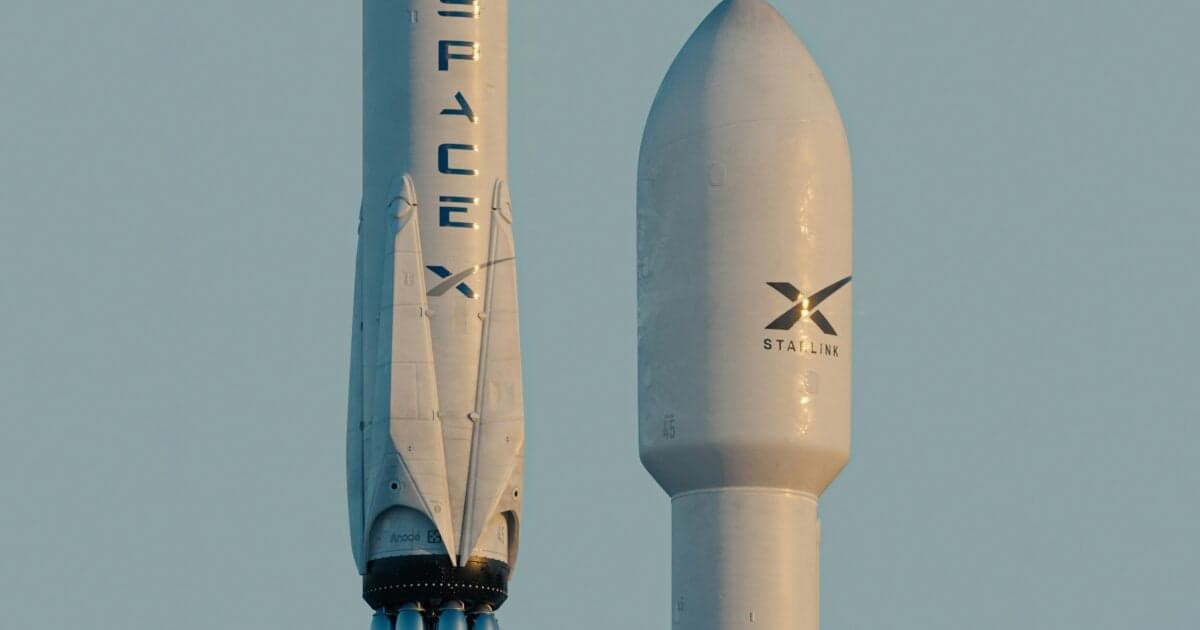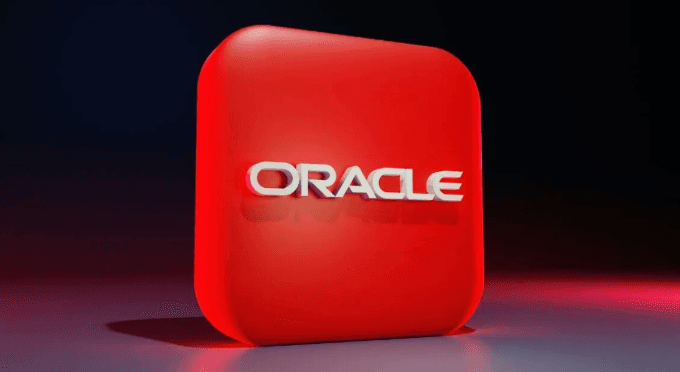Oracle (ORCL) and Advanced Micro Devices (AMD) Sign Deal for 50,000 AI Chips


The artificial-intelligence ("AI") arms race just notched another "circular" dealmaking milestone...
Software giant Oracle (ORCL) is partnering with chipmaker Advanced Micro Devices (AMD) to develop cloud-computing services with AMD's graphics processing unit ("GPU") chips.
These are AMD's latest model of AI chips. And they're the first that can be assembled into a server-rack design that AMD calls "Helios."
(That's not to be confused with the Amazon Helios Project that Wall Street legend and Stansberry Research analyst Whitney Tilson predicted earlier this year... More on that below.)
Essentially, the new design takes 72 chips and pairs them with an AMD-designed central processing unit – the main computer that allows the chips to work as one, which is necessary for the most advanced AI-computing needs.
AMD is late to creating a fully integrated rack design, but it's catching up fast to market leader Nvidia (NVDA). And this is just the start...
Oracle says it plans to expand the deal after the initial deployment of 50,000 chips next year.
And for investors, both AMD and ORCL shares have soared more than 120% in the past six months as the AI-dealmaking race has heated up.
It's yet another sign that companies are moving beyond Nvidia's market-leading AI chips...
The Inescapable, Circular AI Economy
The latest deal comes after AI leader and ChatGPT creator OpenAI signed a $300 billion deal with Oracle for cloud capacity. As my colleague Sam Latter reported shortly after the deal was signed...
Over the next five years, Oracle will provide OpenAI with up to 4.5 gigawatts of cloud capacity – enough to support a small city. That contract alone could generate $60 billion annually starting in 2027.
And that's just one deal.
Oracle has also locked in multibillion-dollar contracts with Meta Platforms (META), xAI (Elon Musk's company), Nvidia, Advanced Micro Devices, and others.
And of course, AMD is also signing its own deals with the AI giants. As Corey McLaughlin noted last week, OpenAI could soon take up to a 10% stake in AMD under a multiyear, multibillion-dollar deal...
OpenAI says it will deploy 6 gigawatts of AMD's chips and hardware, starting with 1 gigawatt in the second half of 2026.
OpenAI has the right to acquire up to 160 million AMD shares, about 10% of its current outstanding stock, at 1 cent per share if certain vesting milestones and conditions are met by both companies. The final level of the agreement is tied to AMD stock reaching $600 per share.
Stansberry Research publisher Matt Weinschenk broke down the entire AI-investing ecosystem in a 25-minute video two weeks ago with his guest, AI expert Josh Baylin.
As they talked about, this kind of circular spending can amplify risk. But it can also create opportunity. As Baylin notes:
This direct spend at such high levels is actually a way for some of these foundational models that do rely on venture capital or debt financing to almost eliminate those expenses and that friction of adding a third-party financier.
They're just going direct to the supplier to cut the deal. So in a way, they're almost leveraging the strong financial position of some of the big suppliers – like an Nvidia – to cut direct deals.
You think of it as adding risk by the circular nature, but they're actually kind of de-risking by locking in their suppliers... So it could work out in the industry's favor.
What's clear is that regardless of the eventual risk, we're seeing new, massive AI deals every single week. And that kind of stock market Melt Up can go on for far longer than seems reasonable.
The Big Problem With Insatiable AI Demand
Oracle's backlog and guidance have exploded as customers reserve capacity for multiyear training and serving.
And with this AMD deal, Oracle is expanding its GPU offerings beyond Nvidia's chips.
That gives it more flexibility on cost, power density, availability, and vendor terms. As the Wall Street Journal reported on the deal...
Customers want to set up computing clusters using each new generation of data-center chip "the day after it rolls off your manufacturing line," said Mahesh Thiagarajan, executive vice president at Oracle Cloud Infrastructure. "Demand for AI is so high that I say more noes than yeses to my customers."
But there's one clear restraining factor...
You cannot separate the massive demand for AI from AI's demand for power. As we noted last month...
For the first time in 20 years, electricity demand in the U.S. is rising. Heavy investment in artificial intelligence ("AI") and the necessity of data centers to house AI's computational needs is using an incredible amount of power...
This summer, U.S. electricity peak demand twice set a new record according to the U.S. Energy Information Administration.
And a new McKinsey study predicts that data-center-related power demand will soar 25% per year through 2030 (you'll need to sign up for an account to get the full study). It goes on to predict that data centers alone could account for more than 14% of U.S. power by 2030.
The only way that the nation will be able to meet that demand is through nuclear...
The Path to Fusion Power... And a 'Backdoor' Play for Investors
First, meeting demand can be achieved with traditional fission reactors – and ultimately, with new fusion reactors that can provide fast scaling and clean energy.
U.S. Energy Secretary Chris Wright detailed the Trump administration's fusion roadmap this morning at the AI+ Fusion tech summit in Washington, D.C. He focused on why the U.S. must prioritize public and private investment in fusion for both national security and economic competitiveness.
"Fusion is the real deal," says Wright. This shouldn't be a surprise. After all, Wright has previously made aggressive predictions for the technology's timeline...
"With artificial intelligence and what's going on at the national labs and private companies in the United States, we will have that approach about how to harness fusion energy multiple ways within the next five years," said Mr Wright.
"The technology, it'll be on the electric grid, you know, in eight to 15 years."
And frankly, without fusion power, AI will remain limited. Stansberry's Whitney Tilson puts it this way in his Helios Project prediction...
Nuclear fusion is key to the advancement of AI.
You see, AI is nowhere to close to fulfilling its immense potential.
I know this better than nearly anyone.
I recommended Nvidia before it became – to quote Goldman Sachs – "the most important stock on planet Earth"... and soared 2,248%.
Nevertheless... we are still early.
The true potential of AI has yet to be realized.
It's going to be so much bigger and more game-changing than the applications we're seeing today.
But for artificial intelligence to continue its ascent, it needs to be paired with a breakthrough energy source like fusion.
And most important for investors, Whitney has found a "backdoor" way that investors can get access to two different nuclear-fusion startups. He says it's the best and safest way to play this boom today.
Learn more about Amazon Helios by watching Whitney's documentary right here.




